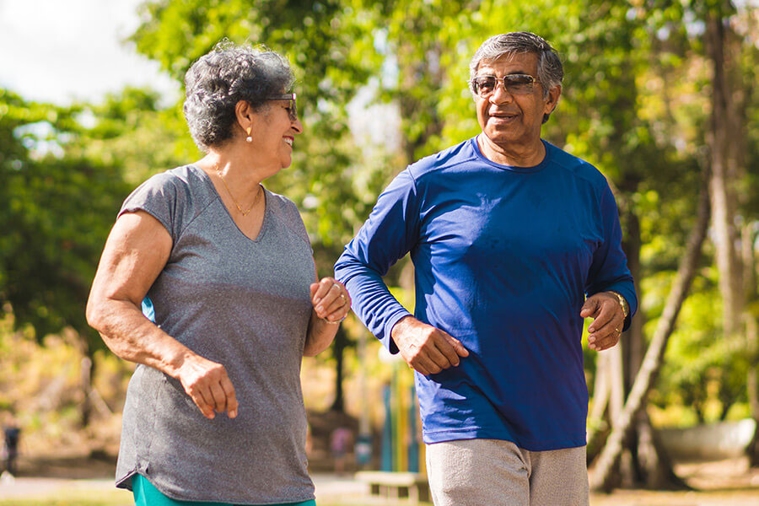
Men’s Health Month: Get your “dad bod” summer-ready
Across the world, this summer may look a bit different from summers past. We’ve all been spending a bit more time at home and out of the gym, because of COVID-19, but that doesn’t mean you can’t get in shape. Celebrate Men’s Health Month by following these tips to get your “dad bod” summer-ready.
Why exercise?
Besides feeling stronger or more confident, participating in consistent exercise offers immense health benefits. The Centers for Disease Control and Prevention (CDC) recommends that people clock at least 150 minutes of moderate-intensity activity per week for maximum impact on heart health. Regular activity also lowers your risk for type 2 diabetes, helps with weight control and strengthens bones.
Experts also note that exercise brings significant mental health benefits. Moving your body reduces the risks of anxiety and depression and improves mental clarity and focus. Overall, exercise can decrease your risk of mortality by up to 33%.
The fundamentals of a workout
When it comes to crafting your at-home workout routine, a well-rounded program should always include five crucial elements:
- Warm-up
- Cardiovascular exercise
- Strength-building exercise
- Flexibility movements
- Cooldown
Both cardiovascular and strength exercises are essential to an overall fitness plan. However, you may choose to perform cardiovascular exercises on one day and resistance moves on another day; or you may choose to combine cardio and strength in the same workout. Whatever you decide, make sure you incorporate warm-ups and cooldowns into every exercise session.
Writing your workout
A warm-up may include a quick walk around the block, 25 jumping jacks or one minute of sit-ups. The goal is to increase your heart rate and get your blood pumping. Then, move into either your cardiovascular or strength-training portion of your workout.
Some common cardiovascular exercises include brisk walking, jogging, swimming or biking. You may combine some more advanced cardio moves like jump roping, mountain climbers or burpees for a heart-pumping workout you can complete in your garage or backyard.
For the strength-training portion of your workout, focus on functional bodyweight movements like squats, lunges, push-ups or planks. If you’re used to lifting weights and don’t have access to a gym right now, get creative with adding weights to a home routine. Use laundry detergent jugs for bicep curls or soup cans for chest flies. You may also find that simply playing with your kids is a good cardiovascular and strength workout!
Work on your flexibility by performing floor stretches such as toe touches or spinal twists. Many yoga poses will help you increase your flexibility and relieve tightness in the back, neck, hips or hamstrings—places that often feel tight and sore from sitting at a computer all day. The cooldown portion of your workout can be similar to your warm-up, focusing on bringing your heart rate back down slowly.
How often should I exercise?
For people who are brand-new to exercise, start by easing into new activity. For example, try to complete three 30-minute workouts per week. Over time, you can increase intensity or duration to work up to your weekly 150 minutes.
Often, people who are beginning a new exercise routine try to do too much too fast. This can lead to overly sore, tired muscles and quick burnout. Don’t feel bad about starting slow. In the long run, your goal is to build better habits that will last a lifetime.



